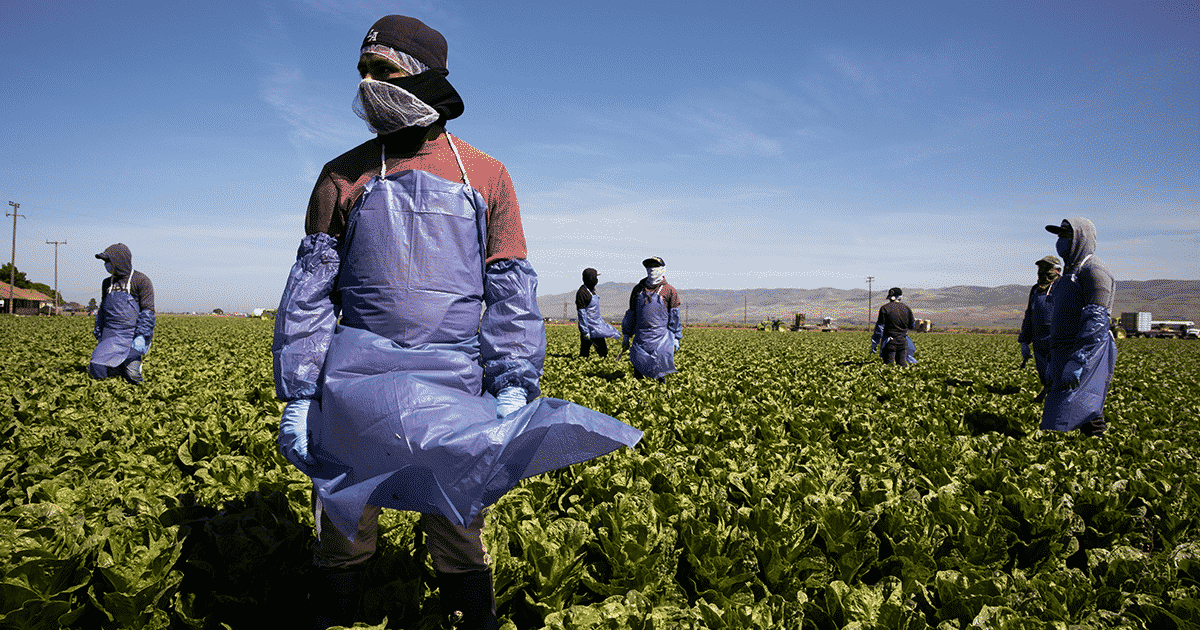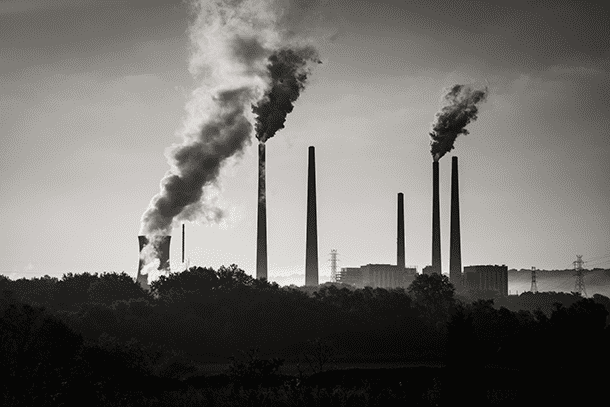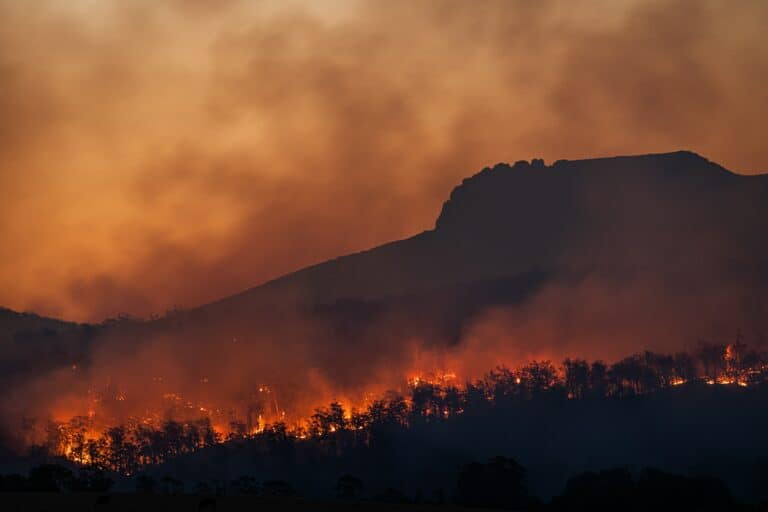
Sharon Block is a Professor of Practice and the Executive Director of the Center for Labor and a Just Economy at Harvard Law School.

Rajesh Nayak is a Fellow at the Center for Labor and a Just Economy at Harvard Law School and former Assistant Secretary for Policy at the US Department of Labor.
The following post originally appeared on the Harvard Climate Blog by the Salata Institute for Climate and Sustainability at Harvard University.
Summer is rapidly approaching in the U.S., bringing dangerously hot conditions for many workers. Last summer, in the face of rising temperatures, the Biden administration proposed landmark workplace standards that would protect workers from dangerous exposure to extreme heat both inside and outside. The proposed rule would use heat index readings to trigger enforceable requirements for employers, including providing their employees water and rest areas and 15-minute breaks.
The change in president has thrown into question the future of federal heat standards. But there are other levers for protecting workers exposed to heat.
We recently returned from the India 2047: Building a Climate-Resilient Future conference organized by our Harvard colleagues. After spending four days in New Delhi with over 150 experts in many disciplines from around the world – in addition to visiting the workers organizing with the Self Employed Women’s Association (SEWA) in Ahmedabad – we return to Cambridge with a greater understanding of how to work across disciplines to find creative ways to protect workers. As SEWA’s Mansi Shah put it, “we can’t keep working in silos.”
Our international colleagues challenged us to consider how to address differences across geography, industry, workplace, and even individuals in developing effective strategies for heat adaptation.
Consider the heat action plans that cities, states, and other government entities around the world are now creating. These plans can be locally targeted, covering the practical steps that communities need to take during periods of extreme heat to protect residents’ lives and livelihoods. Plans often include the kind of workplace protections the Biden administration’s standard would require.
Our conversations in India underscored why such plans incorporate worker protections. We talked to civil society and government leaders in Ahmedabad about their comprehensive plan, which includes specific strategies to alert workers, including those in the informal sector, to the risk of heat waves and practices to stay safe. Ahmedabad’s plan also maps out steps for the city to protect workers and lists other adaptations it is implementing to lessen the impact of extreme heat, such as a cool-roof program. Our Indian colleagues also highlighted Andhra Pradesh state’s 2016 Heat Wave Action Plan, which includes broader strategies like shifting the timing of outside work (to avoid highest-heat hours) and providing cooling shelters at worksites.
In the U.S., several large cities have developed basic resources for dealing with heat, short of formal heat action plans. For example, in response to well-publicized heatwaves with significant public health impacts dating back to the 1990s, Chicago developed an early Climate Action Plan in 2008. But that included little discussion of work and workers. New York City has posted “Beat the Heat” public resources, including some basic tips for outdoor workers, like drinking water, taking frequent rest breaks in shaded or air-conditioned areas, and keeping an eye out for heat stress. Los Angeles has its own resources with similar, broad tips for workers.
As the earth warms, more U.S. cities and states will start developing formal heat action plans to ensure their residents are protected regardless of what happens at the federal level. For us, a question is whether those plans are written to include worker protections explicitly. For example, North Carolina has a comprehensive toolkit to help local communities develop their own heat action plans – including resources for both outdoor and indoor workers.
Responding to difference with dialogue
But these plans highlight another consideration: Different workers will have different needs for adaptation. Indoor workers in restaurants, warehouses, and industrial laundries face fundamentally serious but different challenges than outdoor construction workers or farmworkers. Delivery workers lacking a common workplace have entirely different sets of challenges.
How can heat plans deal with this sort of variation? Our interactions with SEWA show that social dialogue is integral to the answer – enabling workers to describe their lives and ideas for solutions.
Through SEWA, we met women who do piecework in their homes, moving inside and outside over the course of the day as needed to navigate the heat. Building on relationships developed through SEWA, these women are partnering with Harvard researchers to use technology to gather data on the impact of heat on their lives, which can inform future versions of local heat action plans. We also met SEWA staff who have for decades organized on the famous salt pans of Gujarat, where work has become more challenging as the ground bakes under extreme heat, but solar power is helping ease the burden. We also heard about the challenges of time-shifting construction for some informal workers who have nowhere to cool off during mid-day cessations, and whose workdays may be unsustainably lengthened by such measures. They have advocated for accessible cooling stations and compensation for lost work hours to be included in heat action plans. Those are concrete examples of why local workers need to be at the table, to ensure that plans are responsive, practical, and that they do more good than harm in any particular industry or community.
We still need enforceable rules that give workers important baseline rights and the legal protections to demand those rights. But strong heat action plans – shaped by real collaboration with workers and their representatives – can be a powerful complement.










Daily News & Commentary
Start your day with our roundup of the latest labor developments. See all
December 19
Labor law professors file an amici curiae and the NLRB regains quorum.
December 18
New Jersey adopts disparate impact rules; Teamsters oppose railroad merger; court pauses more shutdown layoffs.
December 17
The TSA suspends a labor union representing 47,000 officers for a second time; the Trump administration seeks to recruit over 1,000 artificial intelligence experts to the federal workforce; and the New York Times reports on the tumultuous changes that U.S. labor relations has seen over the past year.
December 16
Second Circuit affirms dismissal of former collegiate athletes’ antitrust suit; UPS will invest $120 million in truck-unloading robots; Sharon Block argues there are reasons for optimism about labor’s future.
December 15
Advocating a private right of action for the NLRA, 11th Circuit criticizes McDonnell Douglas, Congress considers amending WARN Act.
December 12
OH vetoes bill weakening child labor protections; UT repeals public-sector bargaining ban; SCOTUS takes up case on post-arbitration award jurisdiction